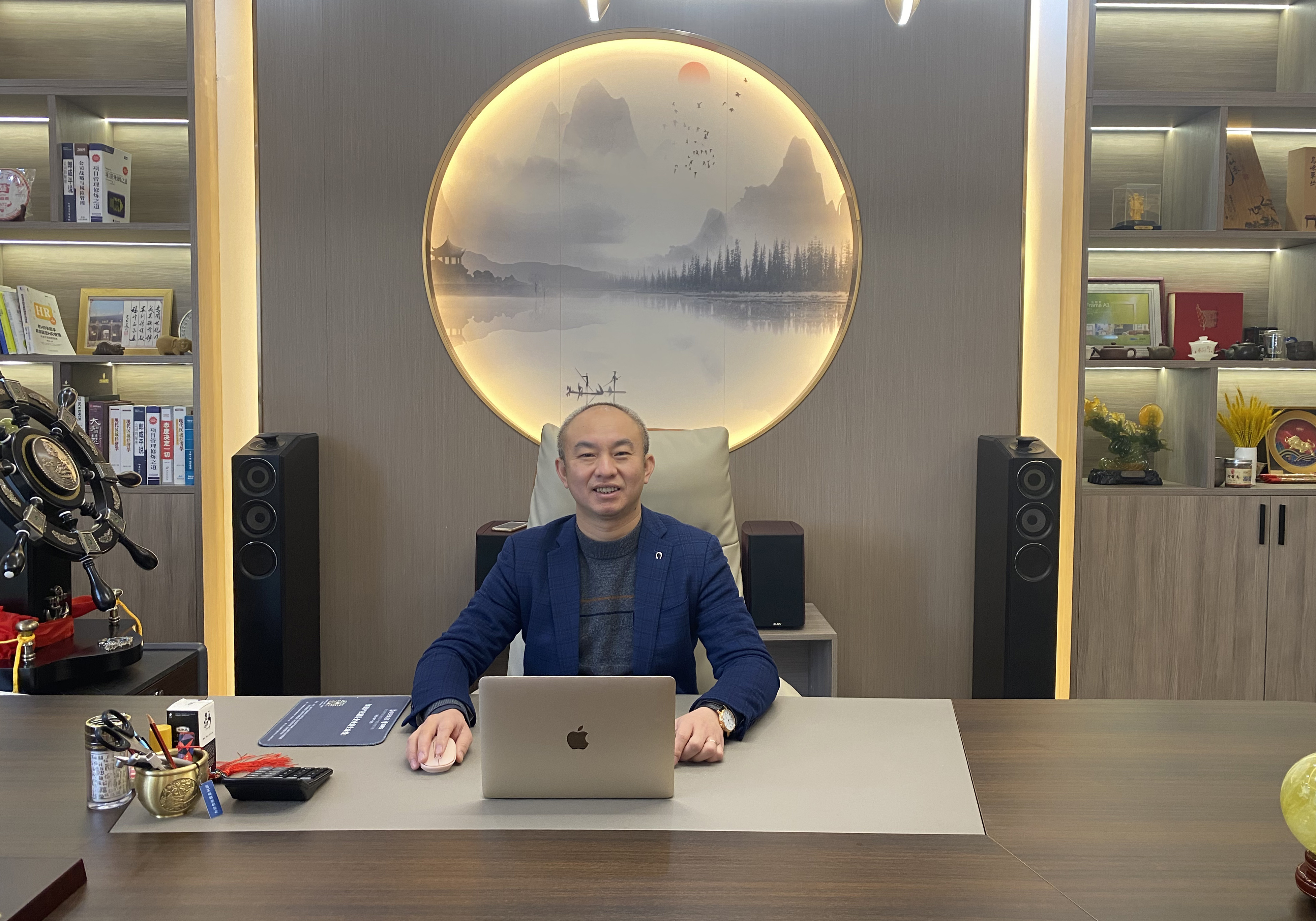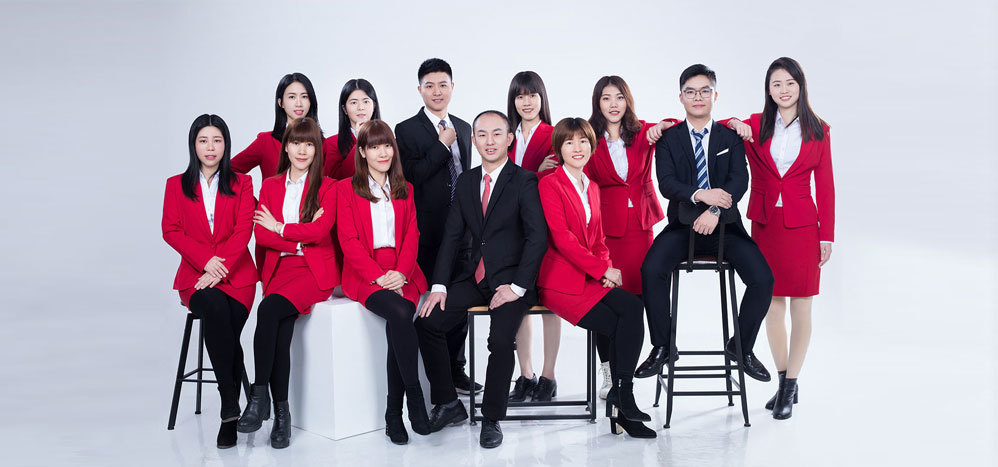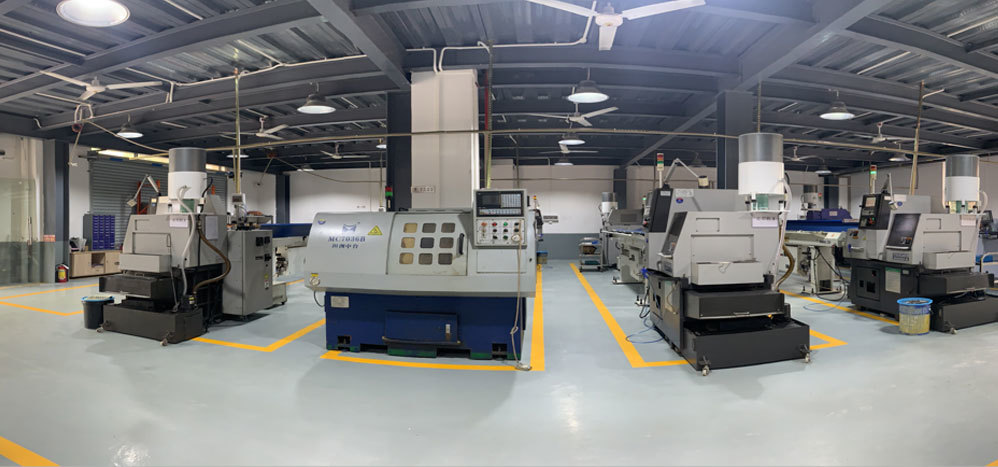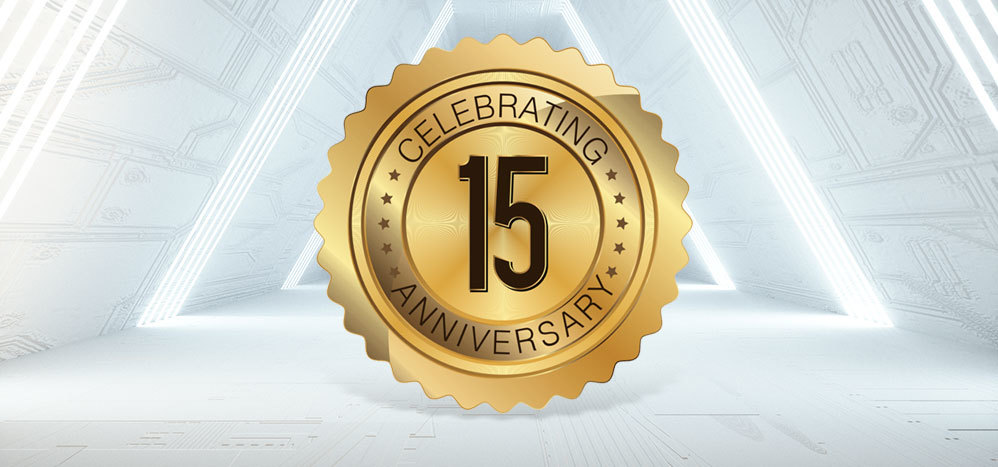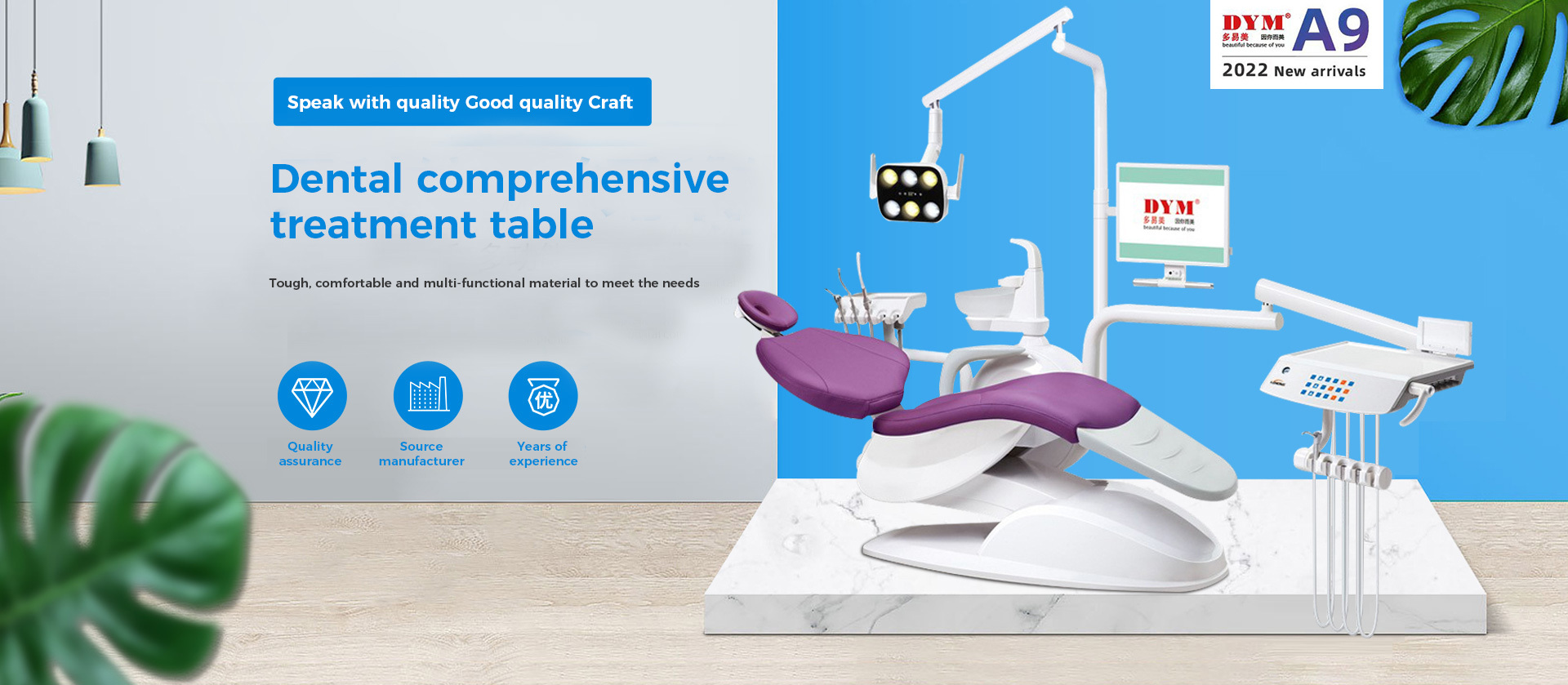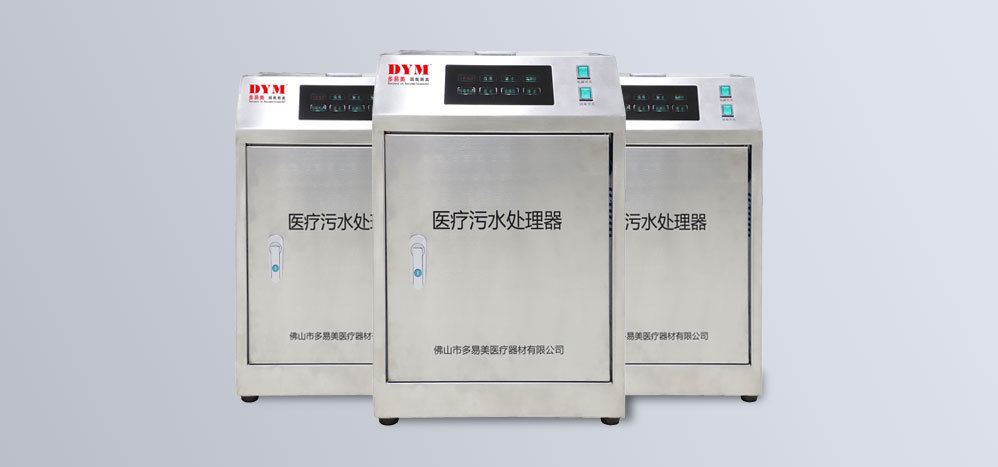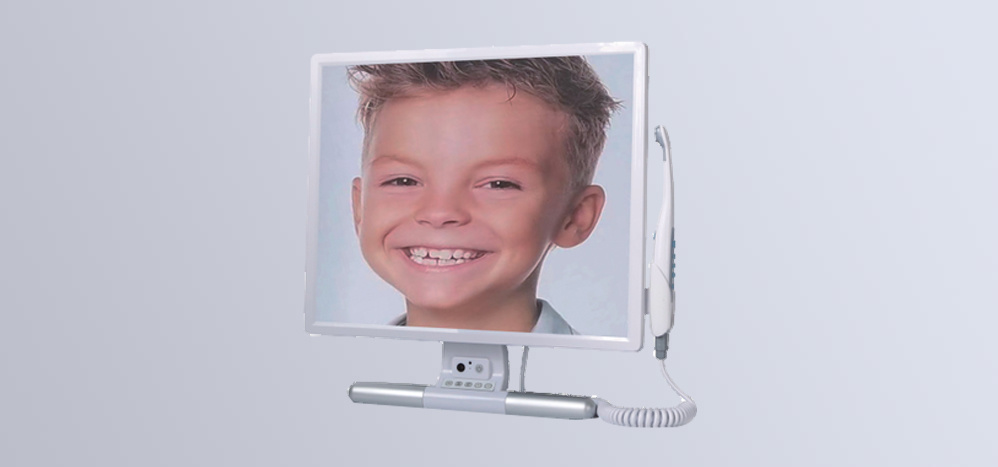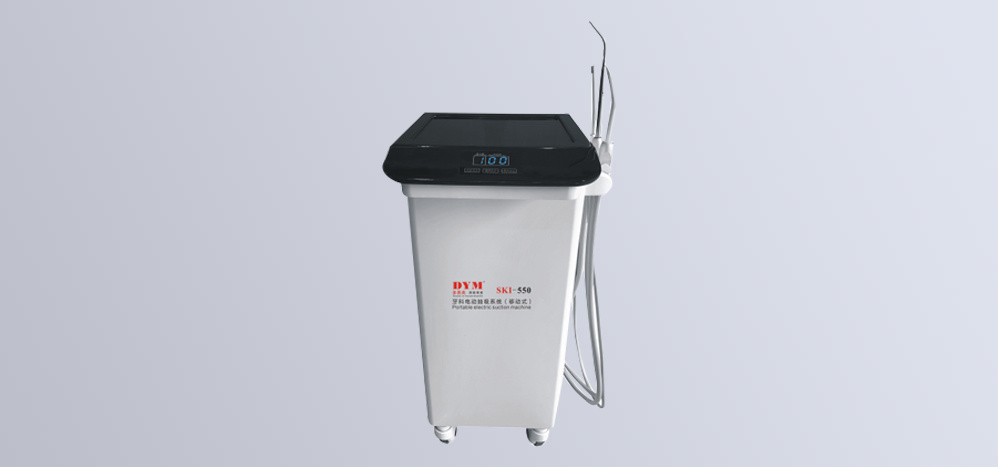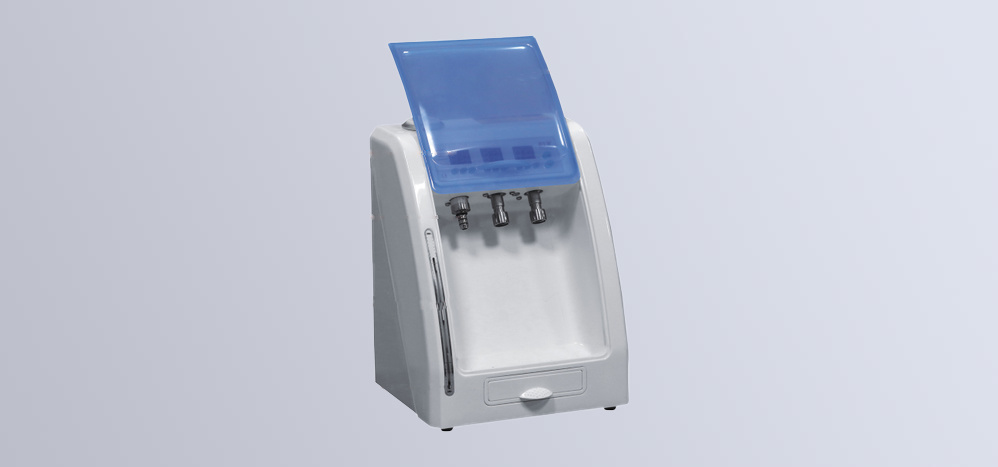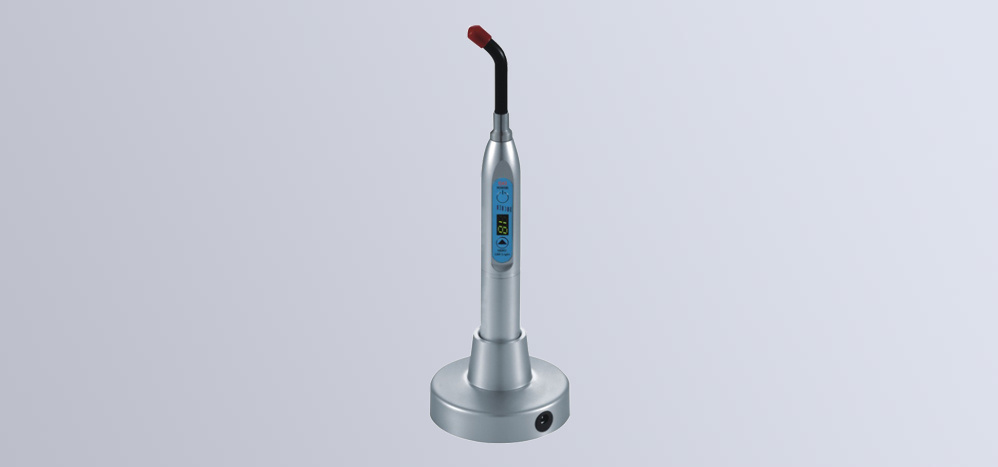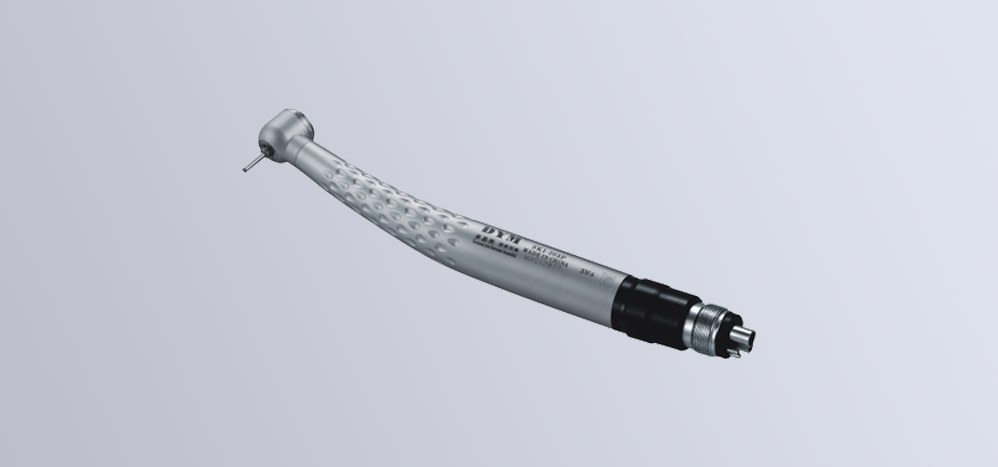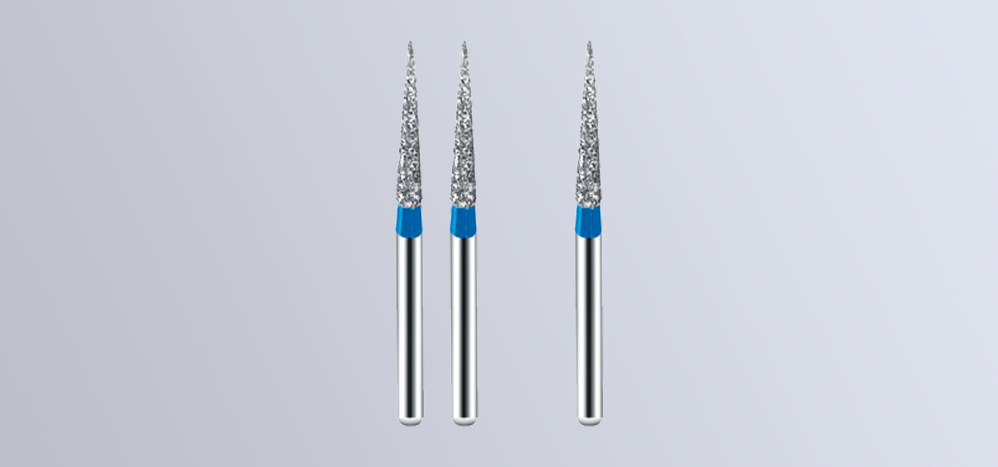Products




A9 KH-9005 2021 Dental chair
Keywords:
Product
Category:
Dental unit
Product Summary
Product

The primary function of the dental chair is to make the patient in a convenient position for treatment. Doctors should be able to gain access to the mouth without having to be forced to maintain inconvenient positions for a long time. The design of the dental chair should minimize the ergonomic risk of causing musculoskeletal problems for doctors, and support patients fully and comfortably. The design of the dental chair sacrifices the consideration of the operator's posture, while pursuing the patient's comfort, beautiful appearance or mechanical design will increase the potential risk of repetitive strain. Optional functions of personalized dental chair to meet clinical needs (such as: transmission system, operating lamp, water supply, choice of fabric and color, added padding, heater, massage, spittoon, rolling base, etc.).
Correct clinician posture
Back should be vertical and not bent
Should your thighs be level with your feet flat on the floor so your hips can bear the weight? Relax your shoulders and arms and do not lift or stretch.
Key findings
The narrow back and headrest allow the dentist to adopt the best posture and surgical approach.
Most dental chairs can make patients feel comfortable. Patients prefer thick pads without compression points.
When a short dentist uses the correct posture or treats a large patient, no dental chair can be lowered enough (<24 feet).
The armrest supports the elbow, giving the patient the best support. Most handrails are not enough for patients with broad shoulders.
The dentist's posture (68%) is more important than the patient's comfort (32%). However, both were rated as the most important features of the dental chair.
18% of the respondents have purchased new dental treatment chairs in the past two years. Another 17% plan to buy in the next year.
Dental chairs with both manual and foot controls (48%) were more popular than those with only manual controls (31%) or foot controls (21%).
Fully adjustable head restraints (75%) are more popular than circular head restraints (25%) that slide up and down.
The dental chair is used for oral surgery and examination and treatment of oral diseases. The electric dental chair is mostly used, and its main structure is divided into eight parts (Figure 1). The base plate of the whole machine is fixed on the ground, and the base plate is connected with the upper part of the dental chair through the bracket. The action of the dental chair is controlled by the control switch on the chair back. Its working principle is that the control switch starts the electric machine and drives the transmission mechanism to work, so that the corresponding parts of the dental chair can move. According to the needs of treatment, the dental chair can complete the movements of rising, falling, pitching, pitching and resetting by manipulating the control switch button.
Modern dental chair The traditional dental chair generally refers to a simple dental treatment machine that sells for less than 10000 yuan. It is common in towns and private clinics with limited conditions. The older chairs generally do not have doctor's or assistant's chairs, and some do not even have spittoons or spittoons, making them truly "dental chairs". Although these chairs are relatively simple, they can meet the needs of general dental treatment. In China's vast rural and urban communities, there is still a considerable market for dental chairs such as private dental clinics. According to the survey, it accounted for 80% of the total sales volume in 1999. Although this survey has declined, it still accounts for 72% of the total demand. The design of "people-oriented" dental chair is a design concept rising in recent years, which mainly aims at convenience, comfort, safety and health.
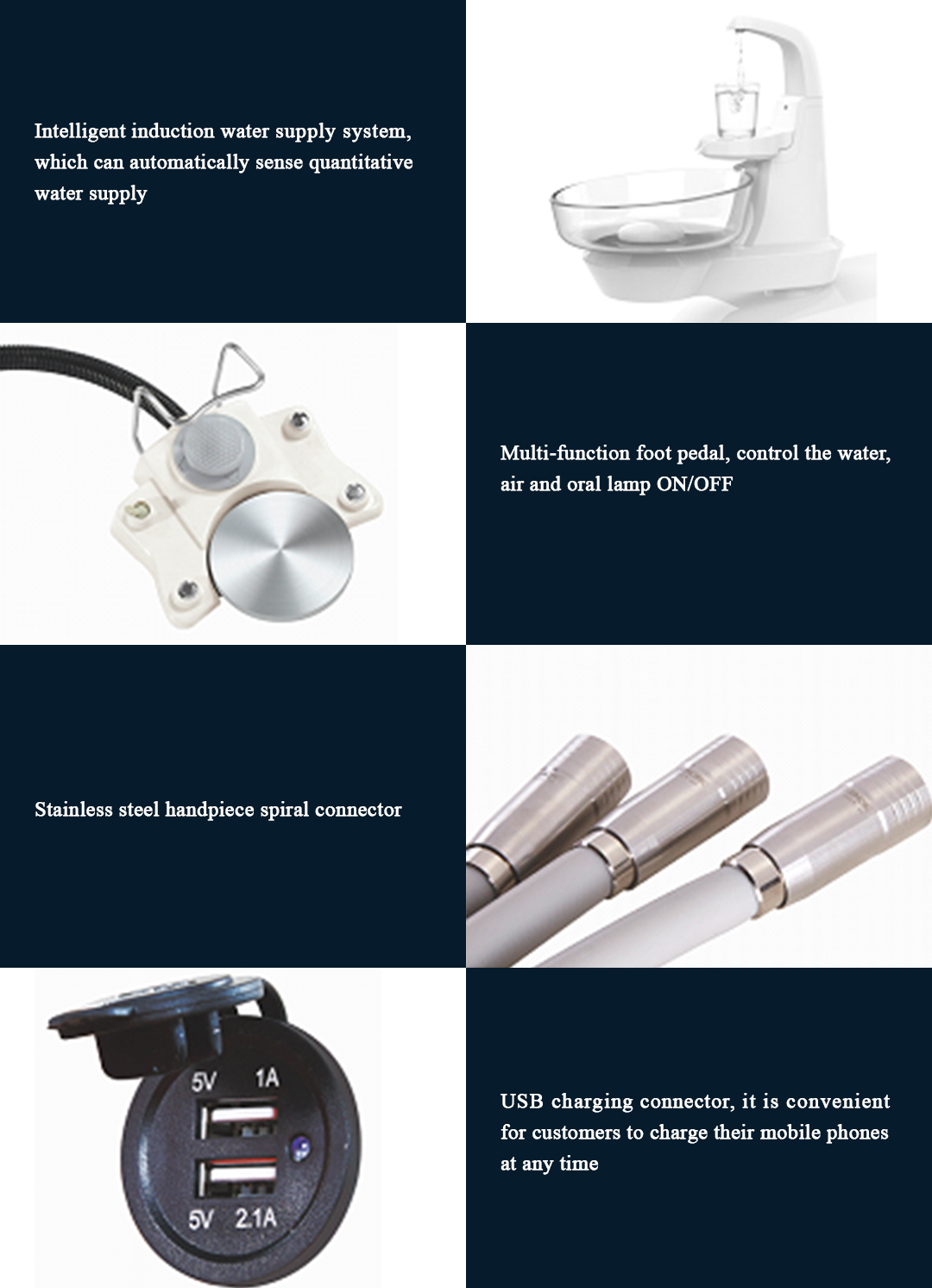
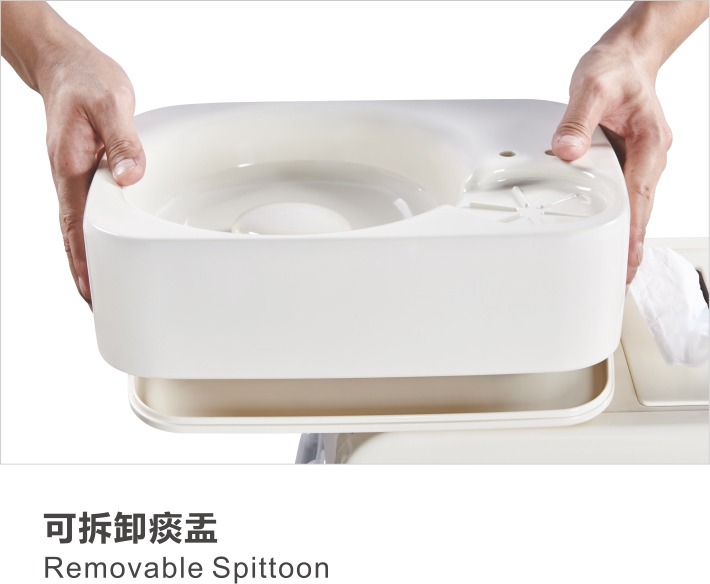

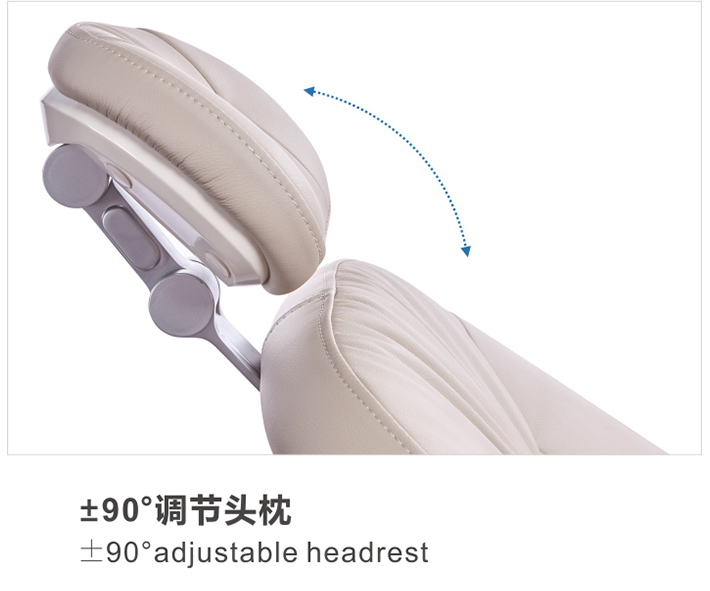
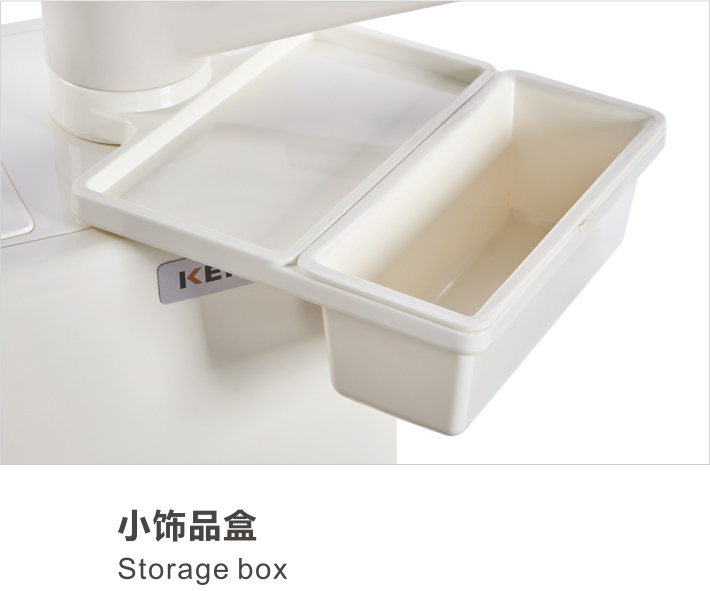


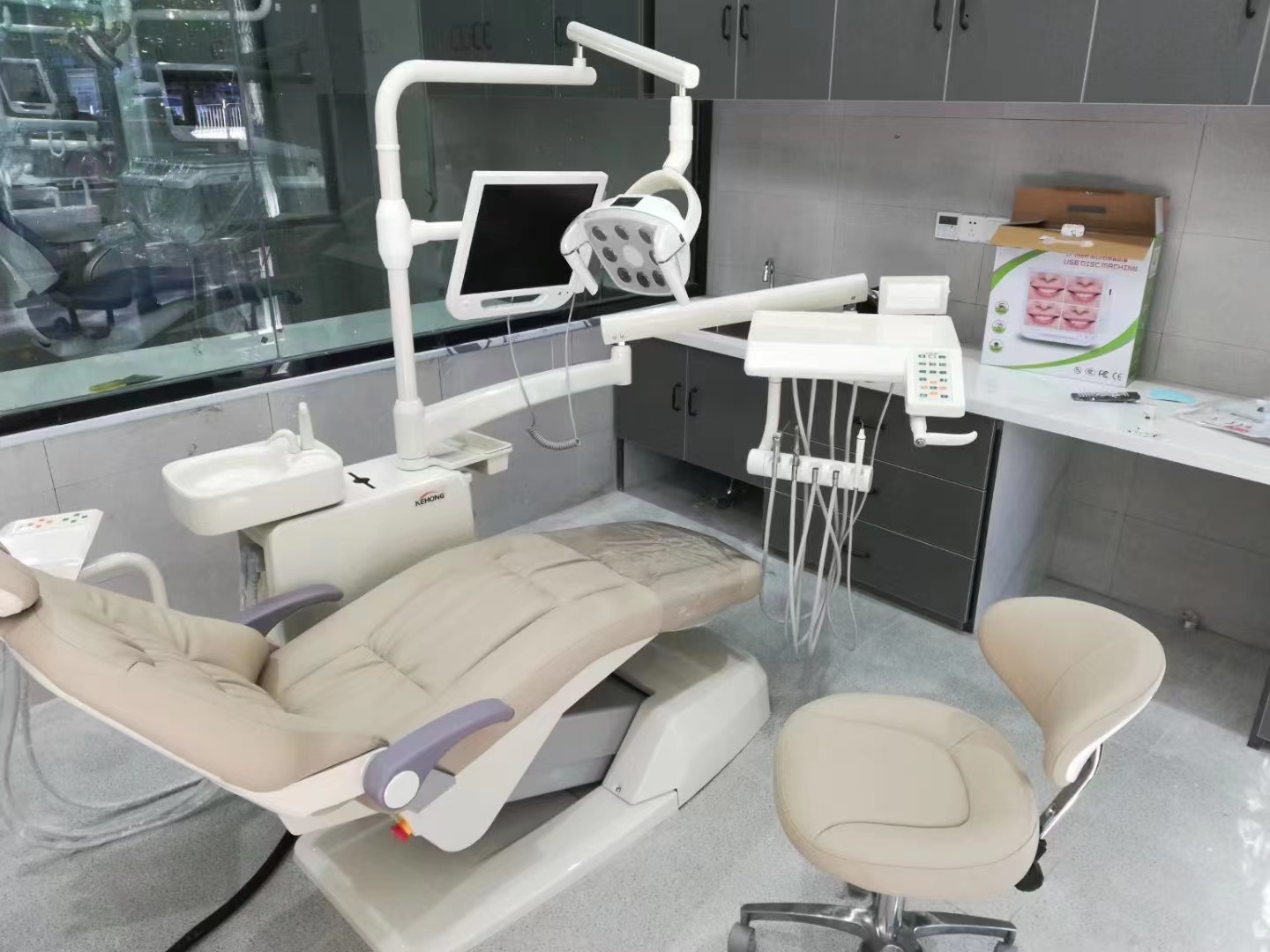

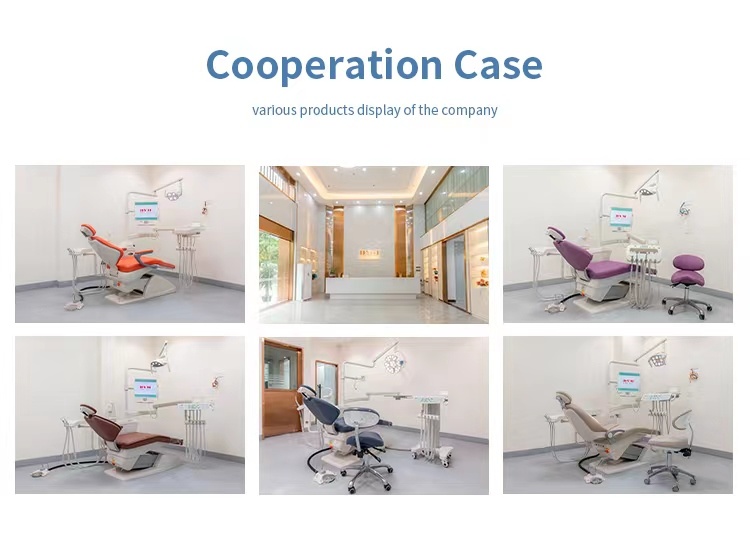

Product

The primary function of the dental chair is to make the patient in a convenient position for treatment. Doctors should be able to gain access to the mouth without having to be forced to maintain inconvenient positions for a long time. The design of the dental chair should minimize the ergonomic risk of causing musculoskeletal problems for doctors, and support patients fully and comfortably. The design of the dental chair sacrifices the consideration of the operator's posture, while pursuing the patient's comfort, beautiful appearance or mechanical design will increase the potential risk of repetitive strain. Optional functions of personalized dental chair to meet clinical needs (such as: transmission system, operating lamp, water supply, choice of fabric and color, added padding, heater, massage, spittoon, rolling base, etc.).
Correct clinician posture
Back should be vertical and not bent
Should your thighs be level with your feet flat on the floor so your hips can bear the weight? Relax your shoulders and arms and do not lift or stretch.
Key findings
The narrow back and headrest allow the dentist to adopt the best posture and surgical approach.
Most dental chairs can make patients feel comfortable. Patients prefer thick pads without compression points.
When a short dentist uses the correct posture or treats a large patient, no dental chair can be lowered enough (<24 feet).
The armrest supports the elbow, giving the patient the best support. Most handrails are not enough for patients with broad shoulders.
The dentist's posture (68%) is more important than the patient's comfort (32%). However, both were rated as the most important features of the dental chair.
18% of the respondents have purchased new dental treatment chairs in the past two years. Another 17% plan to buy in the next year.
Dental chairs with both manual and foot controls (48%) were more popular than those with only manual controls (31%) or foot controls (21%).
Fully adjustable head restraints (75%) are more popular than circular head restraints (25%) that slide up and down.
The dental chair is used for oral surgery and examination and treatment of oral diseases. The electric dental chair is mostly used, and its main structure is divided into eight parts (Figure 1). The base plate of the whole machine is fixed on the ground, and the base plate is connected with the upper part of the dental chair through the bracket. The action of the dental chair is controlled by the control switch on the chair back. Its working principle is that the control switch starts the electric machine and drives the transmission mechanism to work, so that the corresponding parts of the dental chair can move. According to the needs of treatment, the dental chair can complete the movements of rising, falling, pitching, pitching and resetting by manipulating the control switch button.
Modern dental chair The traditional dental chair generally refers to a simple dental treatment machine that sells for less than 10000 yuan. It is common in towns and private clinics with limited conditions. The older chairs generally do not have doctor's or assistant's chairs, and some do not even have spittoons or spittoons, making them truly "dental chairs". Although these chairs are relatively simple, they can meet the needs of general dental treatment. In China's vast rural and urban communities, there is still a considerable market for dental chairs such as private dental clinics. According to the survey, it accounted for 80% of the total sales volume in 1999. Although this survey has declined, it still accounts for 72% of the total demand. The design of "people-oriented" dental chair is a design concept rising in recent years, which mainly aims at convenience, comfort, safety and health.











Recommended Products
Consult Now
If you are interested in our products, please leave your email and we will contact you as soon as possible. Thank you!

